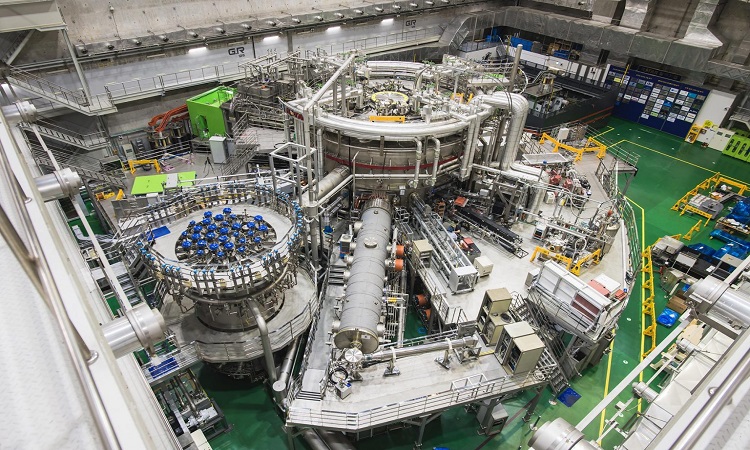On November 24 (Tuesday), the KSTAR Research Center at the Korea Institute of Fusion Energy (KFE) announced that in a joint research with the Seoul National University (SNU) and Columbia University of the United States, it succeeded in continuous operation of plasma for 20 seconds with an ion-temperature higher than 100 million degrees, which is one of the core conditions of nuclear fusion in the 2020 KSTAR Plasma Campaign.

It is an achievement to extend the 8 second plasma operation time during the 2019 KSTAR Plasma Campaign by more than 2 times. In its 2018 experiment, the KSTAR reached the plasma ion temperature of 100 million degrees for the first time (retention time: about 1.5 seconds).
To re-create fusion reactions that occur in the sun on Earth, hydrogen isotopes must be placed inside a fusion device like KSTAR to create a plasma state where ions and electrons are separated, and ions must be heated and maintained at high temperatures.

So far, there have been other fusion devices that have briefly managed plasma at temperatures of 100 million degrees or higher. None of them broke the barrier of maintaining the operation for 10 seconds or longer. It is the operational limit of normal-conducting device and it was difficult maintain a stable plasma state in the fusion device at such high temperatures for a long time.
In its 2020 experiment, the KSTAR improved the performance of the Internal Transport Barrier (ITB) mode, one of the next generation plasma operation modes developed last year and succeeded in maintaining the plasma state for a long period of time, overcoming the existing limits of the ultra-high-temperature plasma operation.
Director Si-Woo Yoon of the KSTAR Research Center at the KFE explained, “The technologies required for long operations of 100 million- plasma are the key to the realization of fusion energy, and the KSTAR’s success in maintaining the high-temperature plasma for 20 seconds will be an important turning point in the race for securing the technologies for the long high-performance plasma operation, a critical component of a commercial nuclear fusion reactor in the future.”














